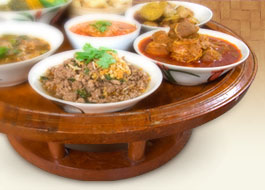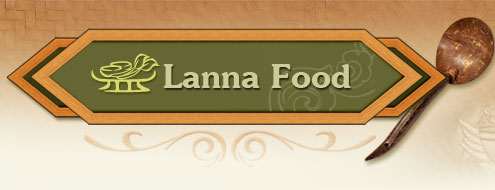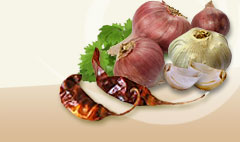Lime |
|
|
 | Citrus |
|
| |
 | Rutacea aurantifolia |
|
| |
 | Common lime |
|
| |
 | Ba nao, som ba nao (Northern), limai-ni-pi (Malaysian), panong kon yan (Karen-Kanchanaburi), korai cha-ma (Khmer), (Wut Wuthithamwet, 1997, 357), mak fa (Shan-Mae Hong Son), pano-kelma, no kela, ma nao le (Karen-Mae Hong Son) (Priya Trairatnarong, 2004, p. 81) |
|
| |
 | Shrub, 2-4 m. high, stem thorny. Leaves simple, ovate, acuminate, serrate, full of tiny oil glands. Flowers white, yellow stamen. Drupe green, shiny with oil glands (Wut Wuthithamwet, 1997, p. 357). There are three varieties of economic importance in Thailand: 1. Ma nao nang is ovoid or round and has a thick peel. Can be kept long. 2. Ma nao khai has a thinner peel and a bigger fruit. 3. Ma nao paen produces all year round. Fruit is medium size with a thin peel. Some of the varieties are paen nam phai, paen sai (Manu Posombun, Wanawat kaeo kham saen and La-o Niamchuai, 2007) |
|
| |
 |

Vitamin C and minerals. Used in food like yam, namphrik plathu, namphrik plara, lap Isan. Iemon juice is a thirst quencher. Pickled limes are used in soups. (Priya Trairatnarong, 2004, p. 84) |

Leaves are boiled and used as an expectorant and to purify menstruation.
Juice is mixed with salt and brown sugar and used as an expectorant, to treat coughs, scurvy and to purify the blood.
Seeds are roasted and crushed or boiled and used as an expectorant, to reduce fever and to improve the bile.
Roots reduce fever, are an anti-toxicant, treat food poisoning, or ground and mixed with whisky to relieve pain and inflammation. (Wut Wuttithamwet, 1997, p. 357)
|
|
| |
 |
Manu Posombun, Wannawat Kaeokhamsaen and La-o Namchuai. Kan Pluk Ma nao (Lime Planting). Retrieved 10 August2007From http://web.ku.ac.th/agri/lemon/b1.htm (in thai). Priya Trairatnarong. (2004). Khamphi Phaet Samunphrai Phonlamai, Samunphrai Lae Phuet Phak Suan Khrua. Bangkok: One World. (in thai). Wut Wuthithamwet. (1997). Saranukrom Samunphrai: Ruam Lak Phesatchakam Thai. Bangkok: Odeon Store. (in thai). |
|
| |
|
|




